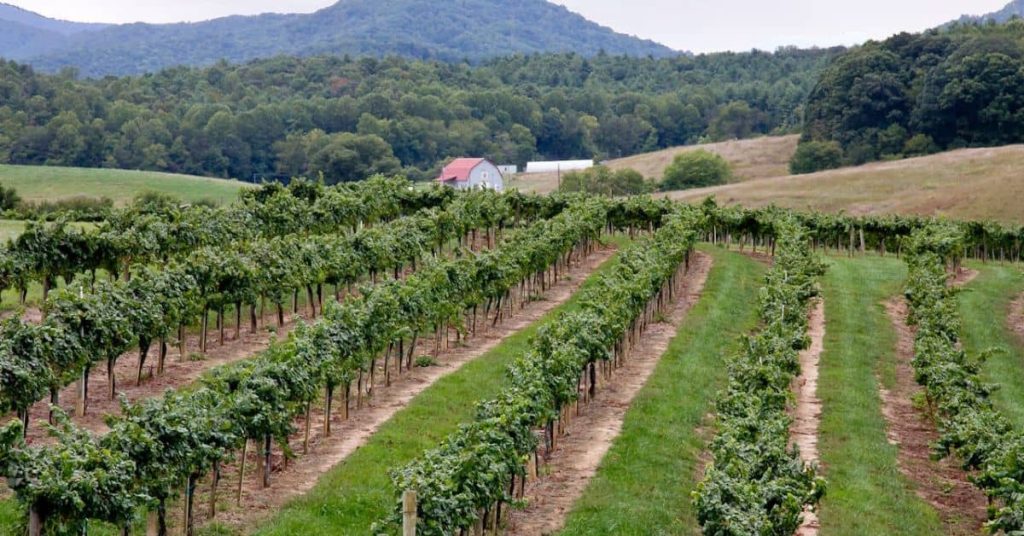Homesteading in West Virginia: What to Expect Before You Start
If you’re wondering what homesteading in West Virginia actually looks like, you’re not alone. I had the same questions before buying our place in Fayette County. It sounded great on paper: cheap land, friendly folks, and a slower pace, but I learned pretty quickly that there’s a big difference between reading about it and doing it.
Some days it’s muddy, frustrating, and quieter than you expect. But other days? You walk out to the garden, see the beans climbing, hear the chickens clucking, and think, “Yeah, this is why.”
Is West Virginia a Good State to Homestead In?
Short answer? Yep, for a lot of folks, it really is, especially if you’re looking to stretch your dollars and start small without giving up on the dream.
West Virginia ranks as one of the most affordable places to buy rural land. The cost of living is lower than in most states, and there’s still a strong sense of self-reliance in the culture. You won’t find a Tractor Supply without a crowd on the weekend.
But that doesn’t mean it’s easy. Remote areas can mean long drives for supplies. Not every county has reliable internet, and the growing season has its quirks. Still, if you’re okay with learning as you go and asking neighbors when you’re stuck, this state gives you room to figure it out without going broke.
Ask yourself:
- Am I comfortable living without a Walmart five minutes away?
- Can I fix things myself or learn to?
- Do I want space more than convenience?
Benefits of Affordable Farmland and Low Taxes
One of the biggest reasons folks look at West Virginia is the land prices. You can still find 5 to 10 acres for under $50,000 if you’re not picky about being off a paved road. Some of the hollers are pretty steep, but they’re also private and peaceful.
We found our property through a handwritten ad on a bulletin board at the gas station: no fancy listing, just a phone number and a price. Turns out that’s not uncommon here.
Property taxes are also lower than you’d expect. On our 8-acre spot with a basic cabin, we pay under $500 a year. That alone made the move doable. If you’re coming from a higher-tax state, it’s a breath of fresh air.
Understanding the Homestead Exemption in WV
Here’s something a lot of people miss: West Virginia offers a homestead exemption that can knock a chunk off your property tax if you’re over 65 or permanently disabled. It’s not automatic, though; you’ve got to apply through your county assessor’s office.
For example, my neighbor Dave, a retired coal miner, uses the exemption to cut his tax bill in half. That makes a big difference when you’re on a fixed income.
Even if you don’t qualify now, it’s worth knowing about for down the line, and if you’re helping an older family member buy land, it can really help them stay independent longer.
Land, Soil, and Water: Know What You’re Working With
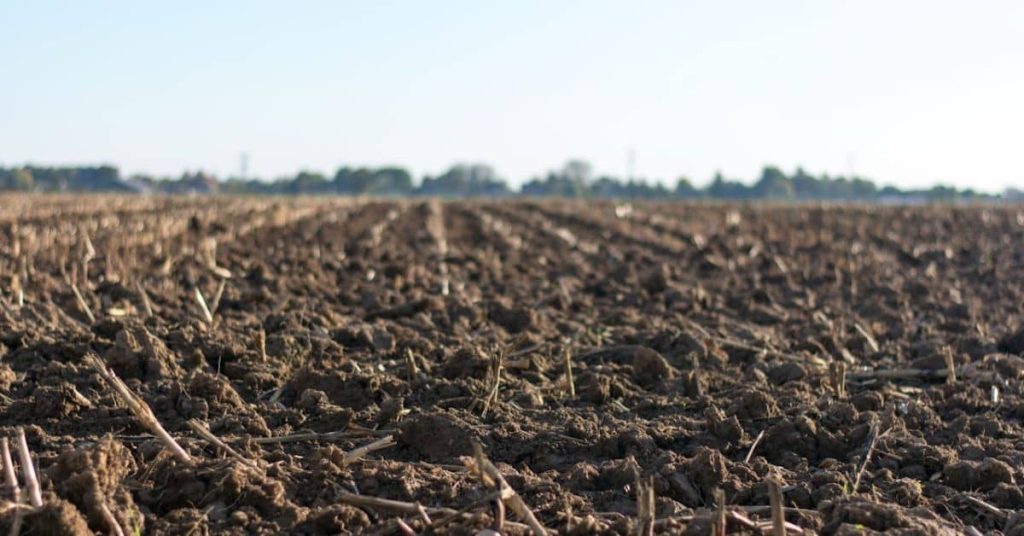
Before we ever planted a seed or put up a fence, the land itself was already teaching us. West Virginia’s terrain isn’t just hills and hollers; it’s a mix of clay, rock, ridges, and flood-prone bottoms. I learned this the hard way after our first garden bed turned into a soggy mess during a late spring rain. Knowing your land’s quirks is the difference between frustration and progress.
Dealing with WV’s Clay and Rocky Soil
Most folks around here will tell you the same thing: the soil’s got potential, but it needs work. It’s often dense with clay, and you might hit shale or rocks two inches down. That doesn’t mean you can’t grow good food; it just means you’ll need to amend it.
Here’s what worked for me:
- Starting with raised beds and adding compost from day one
- Using cardboard and mulch to kill grass instead of tilling
- Rotating where I plant each season (the soil settles and shifts over time)
If you’re planning a big garden right away, consider getting your soil tested. The WVU Extension Service offers low-cost testing, and they’ll even recommend what to add.
Ask yourself:
- Have I walked the land in every season: wet spring, dry summer, or early frost?
- Am I willing to work with the soil I have and not the one I wish I had?
Tips for Soil Testing and Simple Fixes
I wasn’t sure soil testing was worth the hassle at first, but after a frustrating first year, I sent in samples and found our pH was way off. Fixing it with lime and compost made a noticeable difference the next season.
WVU’s county extension offices will walk you through how to dig samples and send them in. It takes a couple of weeks to get results, but it’s worth doing before you spend money on seeds or plants.
Also helpful:
- Mix in aged manure (we used rabbit and chicken)
- Add leaf mold and wood ash if your soil’s too acidic
- Avoid over-tilling; it breaks up structure and brings up weed seeds
Getting Help from WVU Extension Offices
Don’t underestimate how helpful your local extension agent can be. These aren’t just office folks; they’re usually locals who understand the land, pests, and weather in your specific area.
When I struggled with squash bugs, our agent in Nicholas County recommended a simple row cover method and pointed me toward resistant varieties that did better in our microclimate. That saved our harvest.
You can find your local office through the WVU Extension website, and many counties offer workshops or soil clinics in the spring.
What to Know About Clean Well Water
If your property isn’t on public water, and most homesteads in West Virginia aren’t, you’ll likely be using a well. That sounds great in theory, but here’s the thing: not all well water is clean right out of the ground. Some of it’s rich in iron, sulfur, or, worse, bacteria from old septic systems or animal runoff.
When we moved in, our well smelled like rotten eggs. It turned out to be harmless sulfur bacteria, but we still had to shock the well and install a filter, and we learned fast to test the water regularly, especially after heavy rains.
Ask yourself:
- Do I know how deep the well is and when it was last tested?
- Am I prepared to install filters or maintain a system if needed?
Testing and Treating Rural Water Sources
You can test your well water through your county health department or a private lab. Look for tests that check for:
- Coliform bacteria
- Nitrates (especially if you have livestock)
- Hardness and pH levels
For treatment, simple sediment filters go a long way. If you’ve got iron or manganese, a whole-house filter might be needed, and if bacteria are present, a UV light system is often cheaper and easier than people think.
A neighbor of mine uses nothing more than a Berkey gravity filter because her well water’s naturally clean. Ours took more work. It varies a lot by location, even a mile apart.
Wildlife Issues and Water Safety
This is something many new folks don’t consider. Wildlife can impact your water supply and storage. Deer love to nuzzle around open tanks. Raccoons will find any weakness in a rain barrel, and if you’ve got a spring or creek on your land, nearby livestock or wildlife might contaminate it upstream.
I learned to cap everything and fence off our water catchment area after a bear pawed off our lid one night. Yes, really.
Here are a few water safety tips:
- Always keep tanks and barrels covered
- Use fine mesh screens to keep out critters and insects
- If you’re using spring water, test it just like a well, twice a year minimum
What Grows Well in West Virginia’s Climate
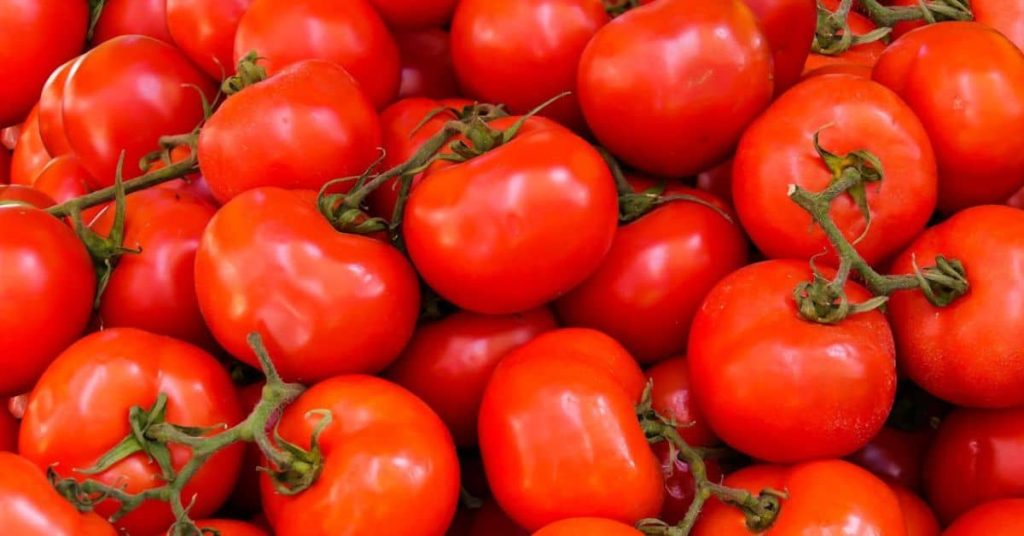
One of the first things I asked myself when we moved to our homestead was, “Can I actually grow enough to make a difference?” Turns out, the answer was yes, but only after I figured out what works in our little corner of West Virginia.
The state’s got a temperate climate with plenty of rain, but you’ve got to pay attention to elevation, shade, and those last-frost surprises in April or even May. Don’t trust what the seed packet says. Trust your neighbors, and maybe the guy at the feed store.
Best Crops for the WV Growing Season
Most of West Virginia sits in USDA zones 5b to 7a, which means we’re dealing with around 150 to 180 frost-free days. Not bad, but it sneaks up fast if you’re not ready.
Here’s what’s worked reliably for me:
- Tomatoes: Stick with early varieties like ‘Early Girl’ or ‘Rutgers’. I use cages, but some folks swear by trellises.
- Green beans: They grow fast and don’t mind clay-heavy soil once it warms up.
- Summer squash and zucchini: Almost too easy, but watch for squash bugs, though.
- Sweet corn: Needs good spacing, but the harvest is worth it. Try planting in blocks instead of rows for better pollination.
I wasn’t sure if corn would thrive on our sloped plot, but by planting it on the gentler side and mulching heavy, we got two good pickings last July.
Ask yourself:
- Is my land sunny enough for heat-loving crops?
- Do I have a plan for protecting tender plants from late spring or early fall frosts?
Regional Favorites: Tomatoes, Squash, and Beans
You’ll see these in almost every garden around here for a reason. They don’t need fancy soil or long seasons to do well.
One neighbor of mine, Annie, who’s been gardening outside Charleston for 40 years, said she hasn’t skipped planting ‘Blue Lake’ pole beans once in her life. “They’re steady producers and climb like a dream,” she told me while handing over a jar of her pickled beans.
Here are a few WV-tested favorites:
- ‘Mountain Pride’ tomatoes (developed in North Carolina but do great here)
- ‘Tromboncino’ squash (resists vine borers better than zucchini)
- ‘Provider’ bush beans (good for early planting)
Don’t forget succession planting. You can tuck in a second round of beans or lettuce in July and still get a harvest before frost.
Adding Wild Foods Like Ramps and Pawpaws
If you’re homesteading in West Virginia, don’t just think about what you grow; think about what already grows.
Ramps pop up in the spring and are prized for their garlicky flavor. They grow best in shady, damp woods, and once you find a patch, harvest lightly so they come back next year.
Pawpaws are a native fruit that taste like banana custard. If you’ve never tried one, find someone who grows them. They don’t ship well, so you’ll almost never see them in stores. I planted two trees four years ago, and last fall I finally got my first ripe pawpaw. Worth the wait.
Other wild edibles to look out for:
- Morel mushrooms (usually April)
- Spicebush berries
- Black walnuts (they drop everywhere in late fall)
Ask yourself:
- Have I walked my land in spring to spot native plants?
- Can I learn a few wild edibles and add them to our food supply?
Off-Grid Living and Tiny Home Considerations
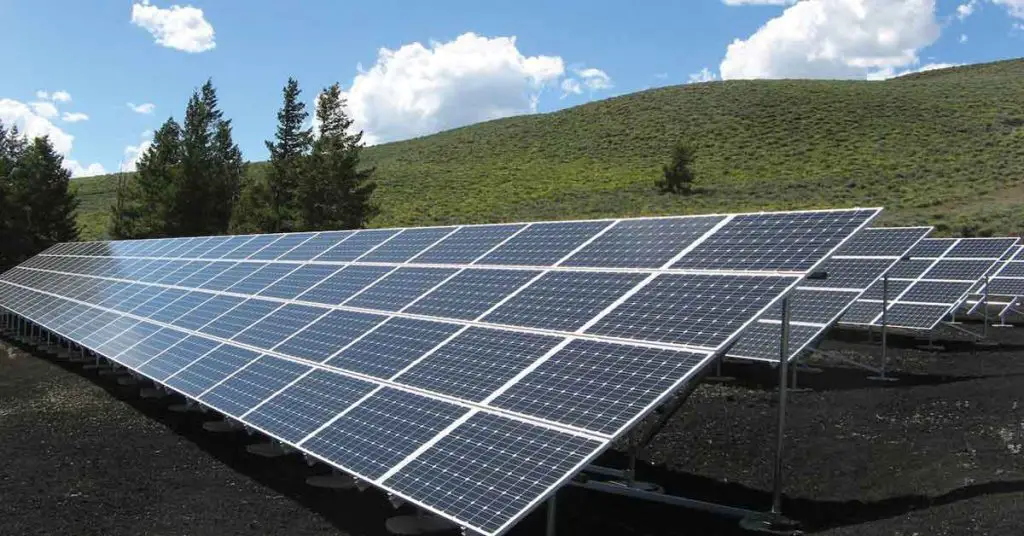
When we first moved out here, we didn’t hook into the grid for over six months, partly by choice and partly because we couldn’t get the power company to return our calls. Either way, it taught us a lot about what off-grid living really looks like in West Virginia and what folks need to know before diving in.
Is Off-Grid Living Legal in WV?
Yes, off-grid living is legal in West Virginia, but it’s not the same in every county. Some areas will let you live in a camper while you build. Others expect permits, septic plans, and utility hookups before you can even sleep on the land.
I’ve met folks in Monroe and Pocahontas counties who live 100% off-grid without any issues. In more developed counties like Jefferson or Kanawha, you’ll want to double-check zoning and building codes first.
Ask yourself:
- Can I legally live on raw land while building, or will I need workarounds?
- Have I called the county planning office, or am I guessing?
Solar Power, Septic, and Internet Challenges
We started with a small solar setup, just enough to run a fridge, a fan, and charge phones. It worked fine in summer but needed a backup generator by December. That’s pretty typical unless you’re investing in a larger battery bank.
As for septic, West Virginia does require a permit to install one. If you’re going off-grid, you might need to prove where your waste water goes, so that’s one reason people look into composting systems (more on that below).
Internet is a mixed bag. Some hollers have fiber because of new grants. Other places, like ours, rely on Starlink or patchy cell signal. Before buying land, I stood in the middle of each property with my phone and checked the bars.
What worked for us:
- Goal Zero backup battery during storms
- Small Honda generator on standby
- Starlink internet mounted to a pine tree until we built a post
Composting Toilets and Alternative Power Setups
I wasn’t sure composting toilets were the way to go, but they’ve been a good fit for us. We started with a DIY bucket system and upgraded to a Nature’s Head after the first winter. It’s clean, dry, and honestly easier than dealing with a leaky septic tank.
Other locals use:
- Rocket stoves for cooking
- Solar showers in summer
- Rainwater catchment for garden and laundry
The key is starting small, seeing what works, and scaling from there. Don’t feel like you need everything figured out by day one.
Tiny Homes and Shed-to-Cabin Builds in WV
Tiny homes and converted sheds are super appealing when you’re homesteading in West Virginia, especially if you’re starting on a tight budget, but zoning can get tricky.
Some counties call anything under 400 square feet a “structure” not a “residence,” which means no occupancy without a primary home permit. Others look the other way, as long as you’re not drawing attention with Airbnb rentals or violations.
We started in a 12×24 shed with insulation, a wood stove, and solar lights. It wasn’t fancy, but it kept us dry and gave us a place to build from.
Zoning and Permits by County (What to Check First)
Before you buy or move a tiny home, call your county zoning office. Ask these three questions:
- Can I legally live in a tiny home full time on my property?
- Is a permanent foundation required?
- What septic or utility connections are expected?
Some counties, like Hardy and Clay, are known to be tiny-home friendly. Others will require you to call it a “cabin” and submit plans.
What I learned the hard way: Always ask about minimum square footage and permanent structure rules. Some counties follow IRC code, some don’t. There’s no single answer in WV.
Where to Find Tiny Home-Friendly Land
Look for unincorporated areas or counties with minimal zoning. Facebook Marketplace, Craigslist, and local bulletin boards still work well here. Don’t skip checking for:
- Legal access (easements can be tricky)
- Existing well/septic (huge bonus)
- Proximity to cell towers or water sources
A friend in Lincoln County found a hillside lot for $17,000 with a well already drilled. She dropped a prefab shed and was moved in within two months.
Ask yourself:
- Do I want ready-to-build land, or am I okay with raw acreage?
- Can I live rough for a while if the setup takes longer than expected?
Dealing with Burn Bans and Safety Laws

Burning brush, clearing land, or just having a bonfire used to be something you did without thinking, but if you’re homesteading in West Virginia in 2025, there are a few new rules you need to know about.
More counties are cracking down on outdoor burning, especially in spring and fall when wildfire risk is high. I didn’t take it seriously the first time and got a warning after a neighbor called in smoke from my brush pile. Not fun, and not something I wanted on record.
What Changed in 2025 for Outdoor Burning
The state didn’t pass a brand-new law, but several counties updated their burn ordinances. Some added stricter hours for open burning. Others banned it outright during dry spells, even if the state burn ban wasn’t officially active.
Here’s the general rule that still applies statewide:
- No outdoor burning from 7 a.m. to 5 p.m. during spring (March 1 to May 31) and fall (October 1 to December 31)
But now, a few counties, like Greenbrier, Tucker, and Fayette, require permits for larger brush piles and warn that repeat violations can bring fines.
Ask yourself:
- Am I up to date on my county’s specific rules, or am I just going off memory?
- Can I wait for safer conditions, or do I need to clear land now?
I found that checking the WV Division of Forestry’s fire alert page before burning saved me a lot of second-guessing.
Safe Brush Disposal and Legal Burn Days
Burning isn’t your only option. After the 2025 updates, I started mulching small limbs and leaving larger stuff to rot in a brush pile for wildlife. Not pretty, but it worked.
Here are a few safer ways to deal with brush:
- Chipping: Rent a chipper or borrow one with a neighbor.
- Layered composting: Mix small branches with leaves or kitchen scraps to start a hugelkultur mound.
- Controlled mini-burns: Burn smaller piles with water on hand and notify local fire officials first.
And if you’re still set on burning:
- Burn after 5 p.m. and stay with the fire until it’s completely out.
- Rake a 10-foot ring around your pile to bare soil.
- Never burn on windy days, even if the law says it’s okay, it might not be safe.
What worked for me:
I set up a small fenced burn area with a 55-gallon barrel and kept it strictly for twigs and paper. It kept the mess contained and was a lot less stressful than managing an open pile.
Rising Food Prices and Homegrown Solutions

If you’ve been to a grocery store lately, you’ve probably noticed prices creeping higher every week. A dozen eggs used to be a quiet purchase, but now it’s a mini-debate: “Do I need these today?” For folks homesteading in West Virginia, that’s exactly why so many of us are leaning harder into growing and preserving our own food.
This doesn’t mean you need a full-blown farm or a thousand jars lined up by fall. Start with what you can manage, and grow from there, literally.
Planting More and Preserving Better
In 2022, we planted three rows of beans. In 2023, we planted nine. Why? Because I realized we could save money, reduce grocery trips, and trade extras with neighbors, and it felt good watching our shelves fill up with things we grew ourselves.
Food preservation isn’t just for serious homesteaders. If you’ve got a big pot, a few jars, and some counter space, you’re set to start canning. Here’s what worked for me:
- Water bath canning for tomatoes, pickles, and fruit
- Freezing blanched beans and chopped peppers
- Dehydrating apples, herbs, and hot peppers in a borrowed dehydrator
Ask yourself:
- What do we eat a lot of that I could grow here?
- Do I want to preserve for winter, or just to save a little now?
In West Virginia, it’s common to hear folks swapping green beans for applesauce or trading home-canned relish at fall markets. Food isn’t just food here; it’s connection.
Canning, Root Cellars, and Bulk Buying
Canning supplies got hard to find a couple of years back, so now I buy lids and jars in the off-season. I order from Lehman’s or check local farm stores in February before shelves run dry.
If you’re looking to store more without extra work, root cellaring is worth exploring. Our neighbor stores potatoes and carrots in a converted crawl space with sand and burlap. No power needed.
And when you’re planting, look for heirloom seeds. They tend to do well in Appalachian soil and give you seeds to save for next year. I like West Virginia heirlooms like ‘Cherokee Purple’ tomatoes and ‘Bloody Butcher’ corn.
What worked for me:
- Building a shelf in the basement for canned goods
- Using a broken fridge outside as a root cellar (unplugged, with straw)
- Buying seeds in January and storing them in a tin with rice for moisture control
Finding Local Seed Swaps and Food Co-ops
You don’t have to go it alone. Across West Virginia, more folks are organizing seed swaps and joining small co-ops to save money and build resilience. Some are just neighbors trading extras. Others meet monthly and share bulk orders.
I joined a little seed swap in Clay County last spring. I brought too many marigolds and left with butternut squash seeds, garlic starts, and new friends.
Tips for finding local resources:
- Ask around at your county extension office or farmers market
- Search for “WV seed swap” or “homestead co-op” on Facebook
- Visit your local library; some now offer seed libraries and canning classes
Ask yourself:
- Could I team up with neighbors to buy in bulk?
- Would I be open to swapping seeds or sharing extra plants?
Local Resources and Community Support

One of the things I didn’t realize when we started homesteading in West Virginia was how much help was already out there. You don’t have to figure everything out on your own. There are folks who’ve been doing this for decades, and programs made to help you succeed, not just survive.
If you’re willing to ask around, show up to a few meetings, and say yes when someone offers a hand, you’ll find your people.
WV Department of Agriculture and Other Services
The West Virginia Department of Agriculture isn’t just about big farms or livestock shows. They’ve got programs aimed squarely at small producers and homesteaders. The WV Grown program, for example, helps you sell your homegrown produce or homemade goods at markets, and even online, under a trusted label.
They also put out seasonal bulletins, pest alerts, and grant updates, stuff that actually matters when you’re trying to get a garden or orchard off the ground.
What worked for me:
- Signed up for their newsletter so I didn’t miss deadlines
- Called them directly with questions about selling at local farmers markets
- Picked up free soil health and pasture booklets from their table at the state fair
Ask yourself:
- Do I know what ag programs exist in my county?
- Am I signed up for updates, or am I hoping someone tells me?
Small Farm Grants and Extension Events
West Virginia’s small farm and education grants might not make headlines, but they can make a real difference. From low-interest loans to starter seed money for beekeeping or high tunnels, there’s help out there.
Check with your county extension office for:
- Upcoming workshops on pruning, pest control, or canning
- Master Gardener classes (worth it, even if you just want the materials)
- Grant application help; some even walk you through the forms
I wasn’t sure we’d qualify for anything, but we ended up getting a mini-grant for a hoop house. It helped us grow salad greens into December, which we traded with a neighbor for firewood.
Learning from Deep Mountain Farm and Other Locals
One of the best examples I’ve seen of modern homesteading in West Virginia is Deep Mountain Farm in Kanawha County. They focus on regenerative agriculture, things like no-till gardening, rotational grazing, and using cover crops to build soil.
But what stands out most is how they bring others along with them. They host tours, invite volunteers, and mentor new homesteaders.
I met a woman at one of their events who said, “I didn’t know how to plant garlic before I came here. Now I teach my neighbors.” That’s the kind of ripple effect these folks have.
WWOOF and Volunteer Programs in WV
If you’re just starting or want extra help, WWOOF (Worldwide Opportunities on Organic Farms) is a solid option. It connects people who want to learn (WWOOFers) with homesteads and farms willing to teach in exchange for help.
We hosted a couple from Ohio last fall who’d never raised chickens before. They mucked out the coop and helped build a run, and we taught them how to butcher a bird. We all learned something.
Other options include:
- Farm internship programs at local colleges
- Meetup-style groups organizing monthly work parties
- Local Facebook groups for landsharing or tool swaps
Ask yourself:
- Would I be open to sharing my space in exchange for help?
- Could I visit or volunteer at a place like Deep Mountain before starting my own?
FAQs About Homesteading in West Virginia
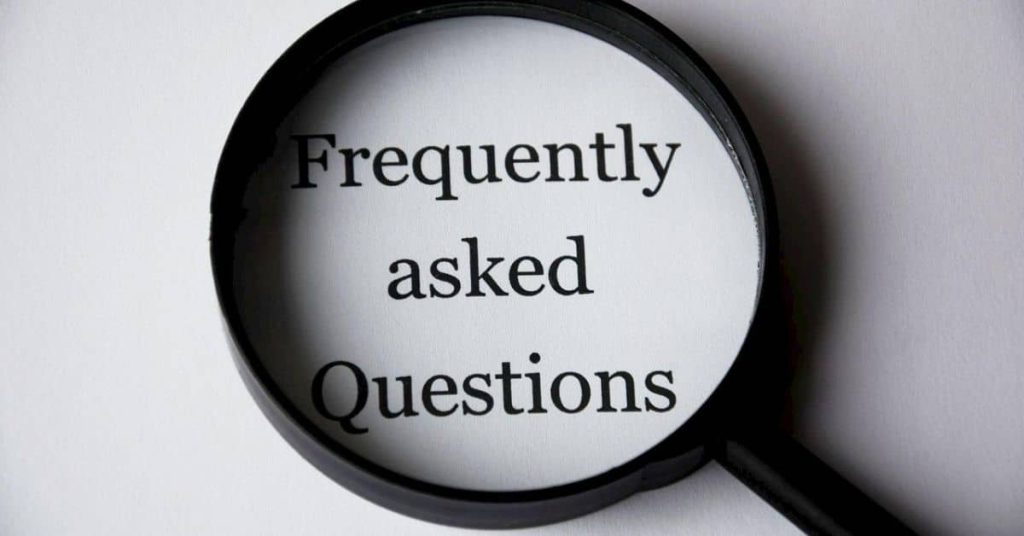
You can Google all day long, but sometimes you just want quick, real answers to the questions bouncing around your brain. Here’s a handful I hear the most at farmers markets, from new neighbors, or online in the WV homesteading groups.
These aren’t theory. They’re lived answers from folks who’ve been through it, or who are figuring it out just like you.
Q1. Can you still get free land in West Virginia?
Not in the way folks dream of. There aren’t official “homesteading acts” like there were back in the 1800s, but some rural towns and counties offer low-cost lots or incentives if you build or bring in a business.
Look into places like Richwood or parts of McDowell County; land might be nearly free, but it’ll likely need cleanup or utilities. What worked for me was buying from a retiring couple who wanted their land to go to someone local.
Q2: What’s the easiest state to homestead in: Is West Virginia really that friendly?
It depends on what you mean by “easy.” If you want cheap land, freedom from zoning, and four real seasons, West Virginia’s up there, but you’ll need to get used to steep land, older infrastructure, and sometimes spotty services.
Compared to places like Missouri or Arkansas, WV has more forested land and less tornado risk. Compared to New England? It’s way cheaper.
Q3: Is Virginia better for homesteading than West Virginia?
Virginia has some perks, better roads, and more market access, but it also has higher land prices and stricter building rules in most counties. West Virginia is more laid back about how you live, especially in unincorporated areas.
I have a cousin in southwest Virginia, and we’re always trading stories. She has better broadband. I have cheaper taxes and more elbow room. Both states can work; it really depends on your comfort level with rural life.
Q4: Can I live in a shed or camper while I build?
Sometimes. In unzoned counties, yes. In zoned areas, you might need a permit or a variance. We lived in a converted shed with a composting toilet and solar panels while finishing our cabin. It wasn’t fancy, but it gave us a roof and momentum.
Q5: How do I find other homesteaders to learn from?
Start local. Try the Facebook group West Virginia Homesteaders Exchange, ask at your county extension office, or hit up a seed swap. I met three of my closest homestead friends by showing up to a canning class at the library.
Ask yourself:
- Am I ready for a few bumps, or expecting everything to be polished?
- Do I want community, or total solitude?
Recap: What I Wish I Knew Before Breaking Ground for Homesteading in West Virginia
If there’s one thing I underestimated when we started homesteading in West Virginia, it was fencing. I thought a couple of posts and some wire would keep the goats in. I was wrong. I’ve chased those animals through the woods more times than I care to admit. Now we double-brace everything, and I’ve learned to laugh (mostly) when things don’t go as planned.
That’s the heart of it: things won’t go perfectly, but they will move forward, one shovel of dirt, one bucket of water, and one sunrise at a time.
If you’re just starting out, know this: you don’t have to have it all figured out. Ask for help. Be okay with trying something and failing. Homesteading in West Virginia is as much about patience and persistence as it is about gardens and livestock.
Got a question about starting your homestead? Already made a mistake you’re willing to share? Leave a comment below. Let’s make this a space where real folks can learn from each other, not just read another how-to.
And if you’re thinking about your first big steps, you might also like:
- 11 Real Tips for Homesteading in Late Summer That Make a Difference – Practical late-summer homesteading tips for West Virginia
- New USDA Plant Hardiness Zone Map Explained – Understanding West Virginia’s plant hardiness zones
Pull up a chair, pour some coffee, and tell me what you’re working on. We’re all learning out here.
Disclaimer: The information provided in this article is for general informational purposes only and is not intended to be a substitute for professional advice. The author of this article does not claim to be an expert in homesteading and the information provided should not be relied upon to make decisions about your own homesteading journey. Please do your own research and consult with a qualified professional before making any decisions about your homestead.
Share via:
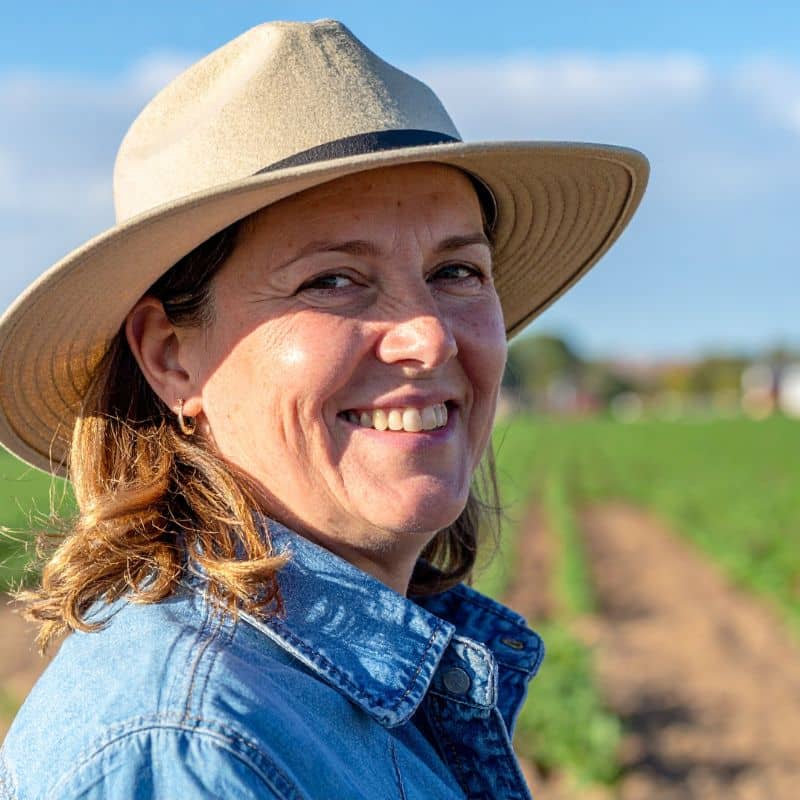
Co-Founder at Homesteading Simple | Horticulture & Sustainable Living Educator | 25 Years in Practical Homesteading

